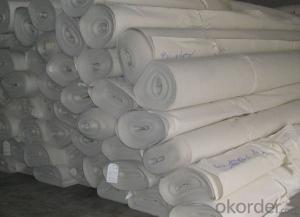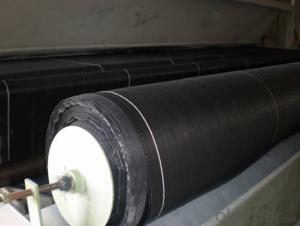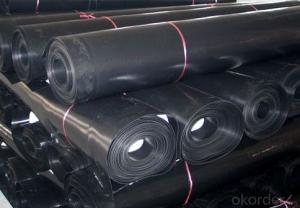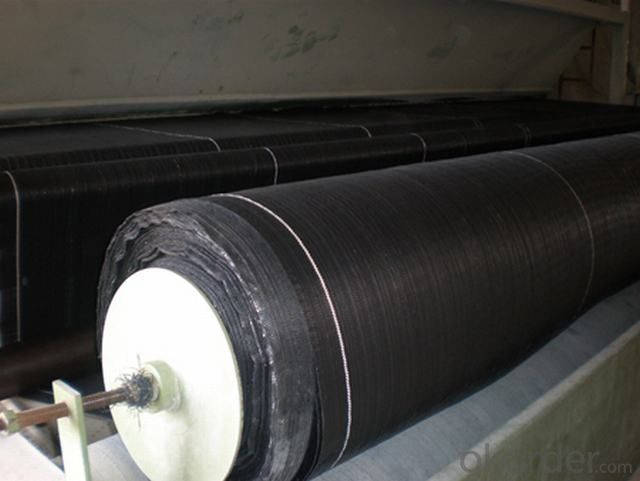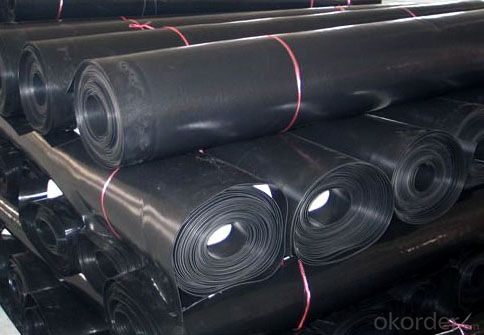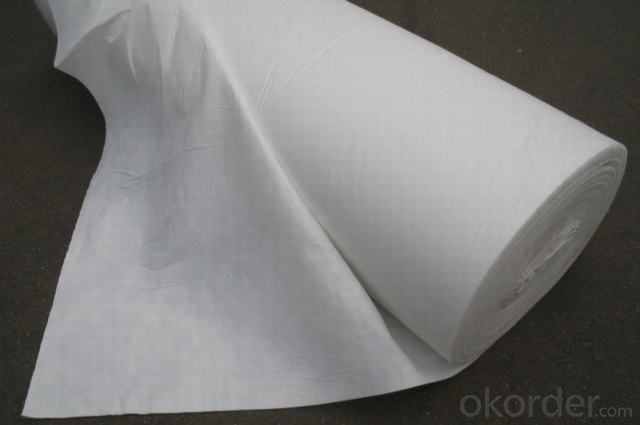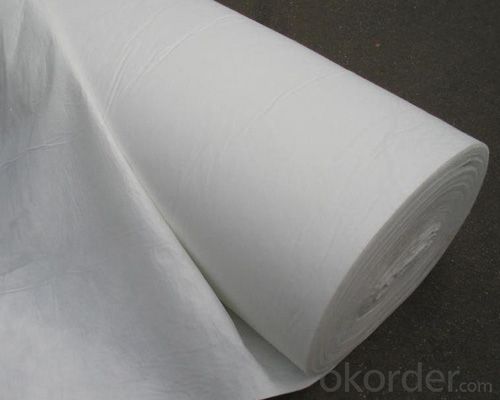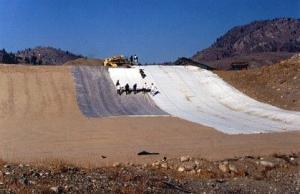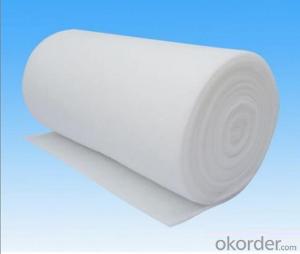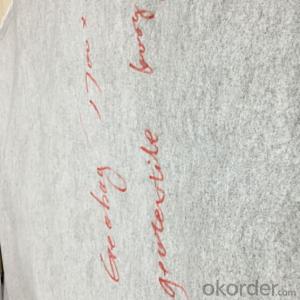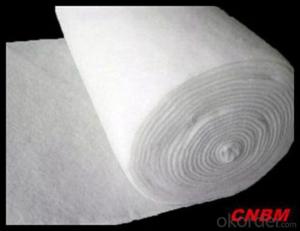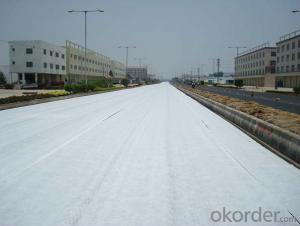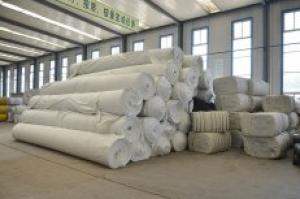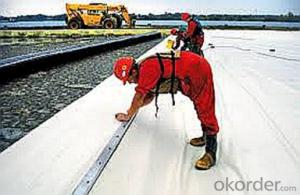Geotextile Cloth for Filament Non-Woven Drainage Function
- Loading Port:
- Qingdao
- Payment Terms:
- TT OR LC
- Min Order Qty:
- 20000 m²
- Supply Capability:
- 1500000 m²/month
OKorder Service Pledge
OKorder Financial Service
You Might Also Like
Features of Filament Non-woven Geotextile for Drainage Function:
1) Staple fibers needle punched non woven geotextile
The geotextile is made of polypropylene staple fibers on cross-laying equipment and needle punched equipment. It owns the advantages of acid and alkali resistance, erosion resistance, aging resistance, large strength, stable size, good filtrability etc.
2) Filament non woven geotextile
Filament geotextile has features as follows: High strength, good capacity of elongation and high biology tolerance, alkali tolerance, acidity tolerance, weather resistance good filtration and fine drainage capacity etc. Also it is of low cost, easy in construction and use effects.
Applications of Filament Non-woven Geotextile for Drainage Function:
1) Filtration :
The filtration layer of the dykes, river canal, seacoast, concrete slope, retaining walls. At the same time of preventing the clay granule from passing, it allows the water and the gas pass through freely.
2) Separation :
The isolation of the railway dregs and the roadbed, roadbed and the soft base, surface of the airdrome and parking lot and the groundsill, different dam materials. It isolates the soil and the gravel of two kinds different granule pathway from the groundsill or other buildings.
3) Adding muscle :
The highway, railway, soil-stone dam, breakwater, airport, backfill soil of retaining wall, slope protection, etc in which distributes the earth stress, prevents the side-displacement of the earth body and improves the earth body stability.
4) Protection :
It prevents the bank from being washed out, protects the bank and the bottom, prevents the water and soil from being washed away.
FAQ:
What is the main application of Filament Non-woven Geotextile for Drainage Function?
The main application of our PET Continuous Filament Spunbond Needle Punched Nonwoven Geotextile is as follows: The highway, railway, soil-stone dam, breakwater, airport, backfill soil of retaining wall, slope protection, etc.
Where is your main market?
Our main market is in Middle East, South America and some African countries.
What is your advantages for Filament Non-woven Geotextile for Drainage Function?
One of the largest manufacturer of PET Continuous Filament Spunbond Needle Punched Nonwoven Geotextile for Construction with advanced equipment, big production capacity and excellent quality.
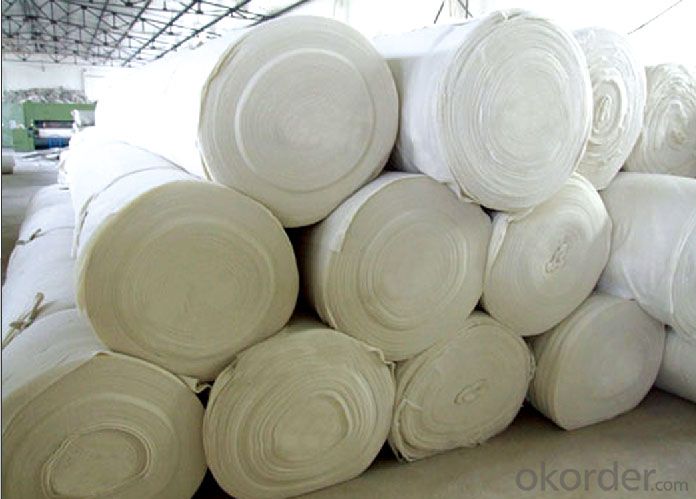
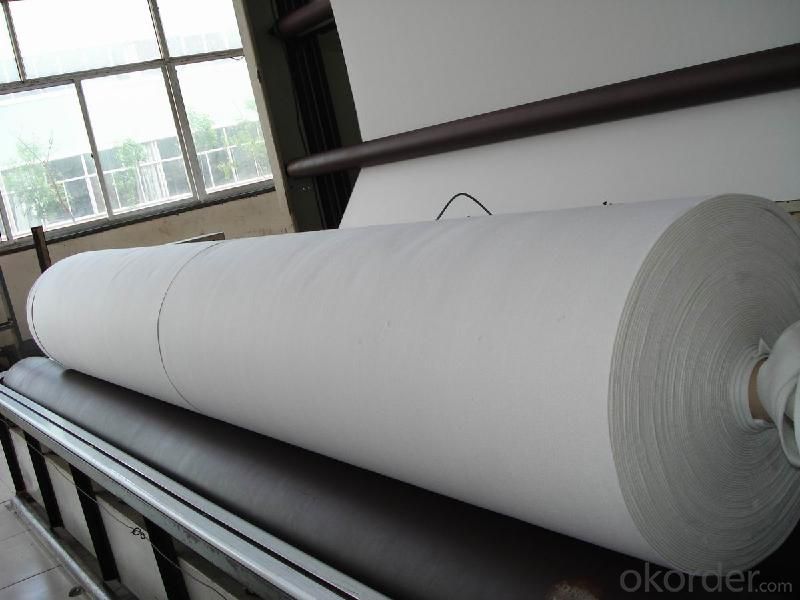
- Q: What are the advantages of using geotextiles in waste containment systems?
- Geotextiles offer several advantages in waste containment systems. Firstly, they act as a barrier, preventing the migration of pollutants and contaminants into the surrounding environment. This helps to protect groundwater and nearby ecosystems from potential harm. Additionally, geotextiles enhance the stability and structural integrity of waste containment systems, reducing the risk of failure or leakage. They also aid in the filtration and drainage of liquids, allowing for proper waste management and preventing the buildup of excess moisture. Overall, geotextiles provide an effective and environmentally-friendly solution for waste containment, ensuring safer disposal of waste materials.
- Q: What are the factors to consider when selecting geotextiles for landfill applications?
- When selecting geotextiles for landfill applications, there are several factors that need to be considered. These include the strength and durability of the geotextile, its filtration and drainage capabilities, chemical resistance, and its ability to withstand long-term exposure to environmental conditions such as moisture and ultraviolet radiation. Additionally, factors such as cost, availability, and compliance with regulatory requirements should also be taken into account.
- Q: Geotextile lap joint with special equipment? How is the price
- Geotextile stitching is a professional equipment, professional equipment name for the portable sewing machine, the price is cheaper, generally ranging from 100-300 yuan. Look like this:
- Q: Roof garden pool at the bottom with pebbles, pebbles above with geotextile, geotextile above the soil
- Geotextile laying on the soil can be, goose soft stone has replaced the effectiveness of the drainage board. Geotextile play a filtering effect, the excess water through the cloth, go through goose soft stone flow. Soil is geotextile interception, will not be lost, plug the drain, Huazhi geotextile material manufacturers.
- Q: Can geotextiles be used for reinforcement of canal banks?
- Yes, geotextiles can be used for the reinforcement of canal banks. Geotextiles are permeable fabric materials that are commonly used in civil engineering applications for soil stabilization and erosion control. When used in canal banks, geotextiles can provide additional strength and stability to the soil, preventing erosion and protecting the banks from damage caused by water flow.
- Q: Can the roof waterproof with geotextiles?
- It is generally believed that the individual geotextile does not have the anti-seepage effect, the main assessment index is the permeability coefficient, the general geotextile coefficient is higher than the ordinary soil, about 0.01-0.001 look, but geotextiles and rubber, Asphalt, plastic will form a combination of impermeable composite, anti-seepage effect increased by 10 times, and asphalt, rubber combined into a waterproof
- Q: Geotextile geomembrane factory need to record, certificate, inspection report?
- Do not need to see if the time is not your company's chapter to know ah
- Q: Can geotextiles be used in temporary erosion control applications?
- Yes, geotextiles can be used in temporary erosion control applications. They are often used to stabilize soil and prevent erosion in construction sites, temporary roadways, and other areas where erosion control is needed temporarily. Geotextiles can effectively prevent soil erosion by providing a barrier that holds soil particles in place while allowing water to pass through.
- Q: What are the challenges associated with the installation of geotextiles?
- There are several challenges associated with the installation of geotextiles. Firstly, one challenge is ensuring proper placement and anchoring of the geotextile material. It requires skilled labor and precise positioning to avoid any wrinkles or folds that could compromise its effectiveness. Secondly, geotextiles are often installed in harsh environments, such as steep slopes or areas with high water flow. This can make it difficult to secure the geotextile and prevent it from shifting or being damaged during installation. Another challenge is the potential for clogging or blockage of geotextiles due to fine particles or sediment. This can reduce their permeability and overall effectiveness, requiring regular inspection and maintenance. Lastly, the selection of the appropriate geotextile material for a specific application is crucial. Factors such as soil type, load requirements, and environmental conditions need to be carefully considered to ensure the geotextile can withstand the intended use and provide the desired performance. Overall, proper installation techniques, site-specific considerations, and regular maintenance are essential to overcome the challenges associated with the installation of geotextiles and maximize their effectiveness.
- Q: Are geotextiles suitable for use in chemical containment facilities?
- Geotextiles are generally not suitable for use in chemical containment facilities as they do not provide adequate chemical resistance.
Send your message to us
Geotextile Cloth for Filament Non-Woven Drainage Function
- Loading Port:
- Qingdao
- Payment Terms:
- TT OR LC
- Min Order Qty:
- 20000 m²
- Supply Capability:
- 1500000 m²/month
OKorder Service Pledge
OKorder Financial Service
Similar products
Hot products
Hot Searches
Related keywords
